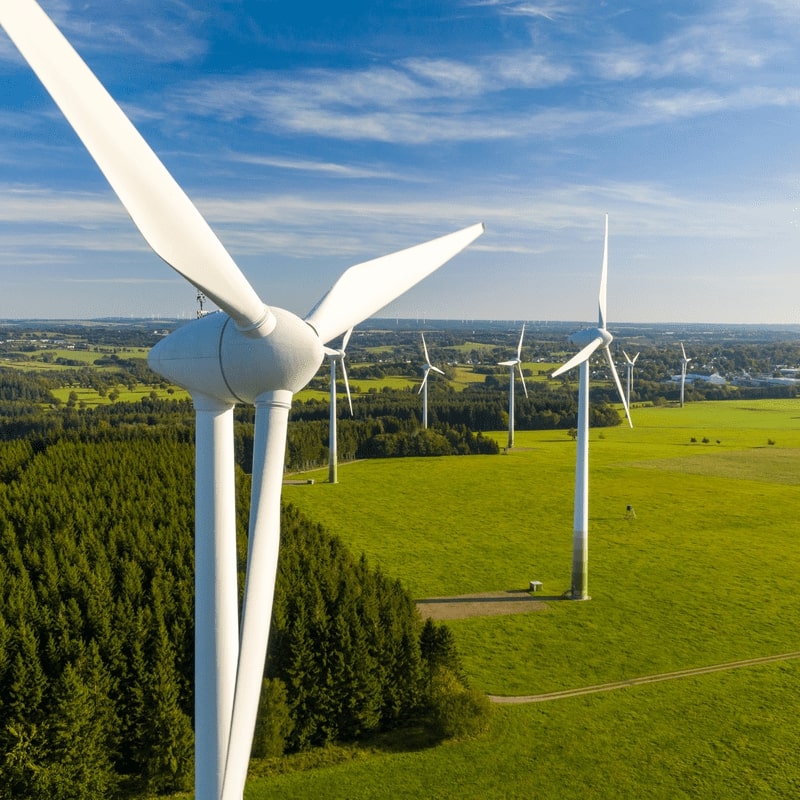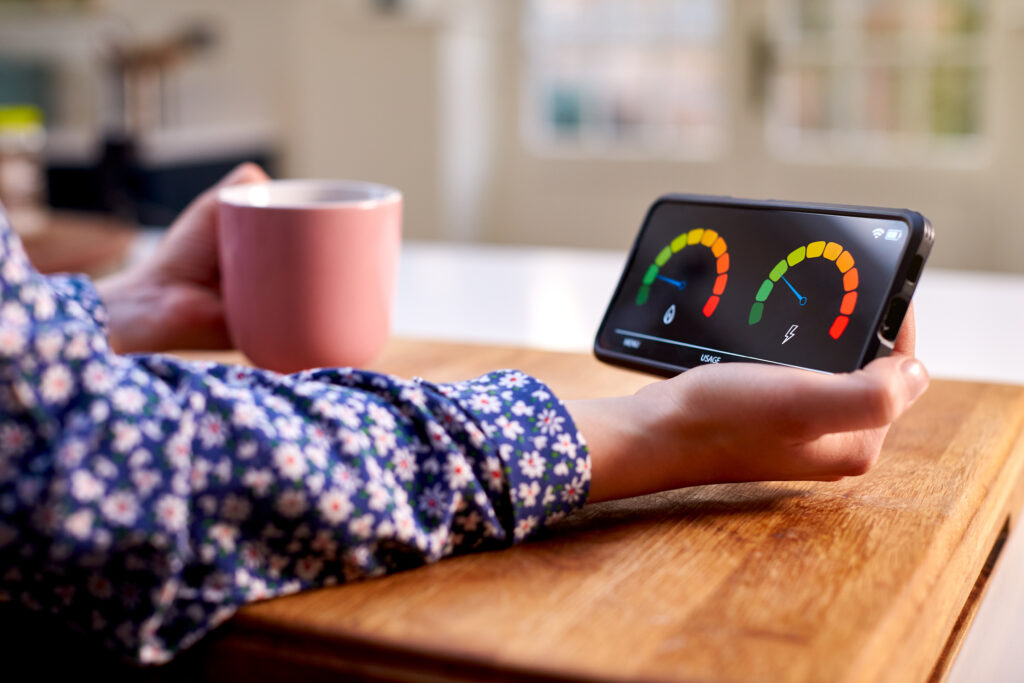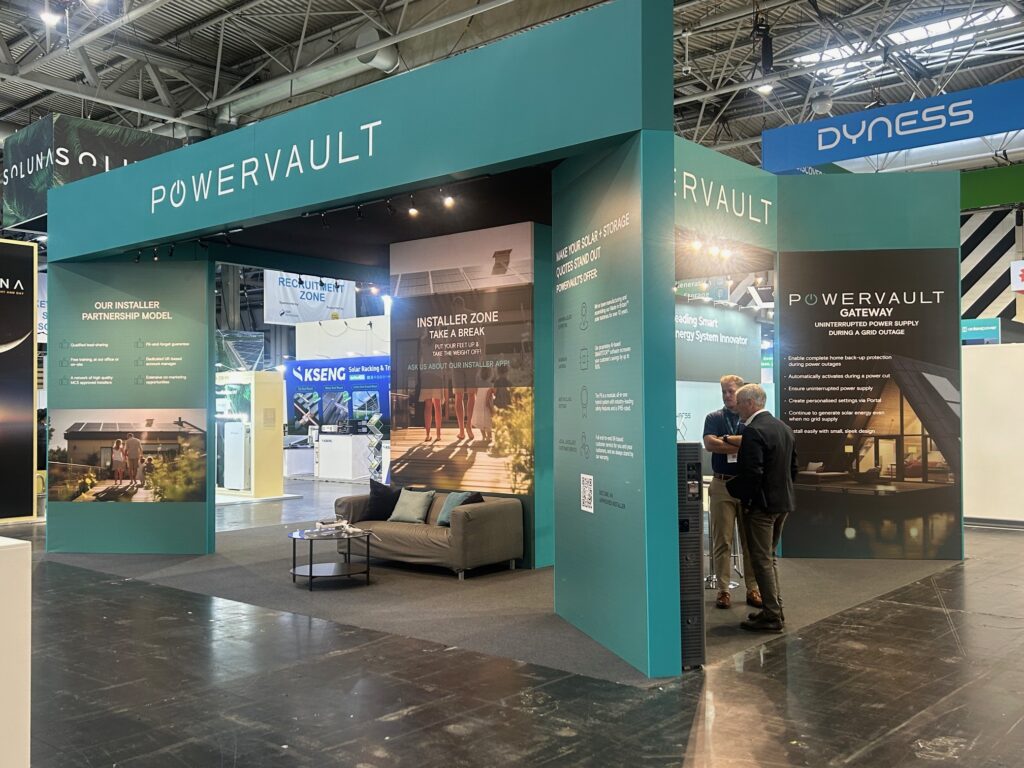
InsightHow Powervault began: reflections on renewable energy
Early solar innovation
By Joe Warren, Powervault Founder
I first got interested in renewable energy more than twenty years ago when I was looking after computer datacentres. It’s fair to say we were using a lot of electricity keeping the computers running and keeping them cool. Even so, the idea of putting solar panels on the roof seemed crazy back then. The payback of such projects sometimes extended into the 30 – 40 year range. Although I can’t take any credit for it at all, I was inspired by the CIS tower in Manchester which was fitted with just over 575 kW of solar panels in 2004 by Solar Century – definitely a trailblazing project. It’s amazing to see how much the cost of solar panels has come down over the last 20 years. Solar panels are very much a commodity today and a no-brainer to fit in many circumstances.
Early interest in energy storage
My interest in energy storage started in the early 2010s. At that time the solar sector was still relatively nascent and receiving considerable support from the feed in tariff. We also had a lot more wind turbines on the grid and the wind sector was growing fast at that time. It was a common theme in the media that wind was no good because we needed gas turbines to back it up. It seemed to me that there must surely be a technological solution to this. I attended a conference about managing the grid and learnt about “wind curtailment” for the first time which simply means that if there is too much wind on the grid the wind farm operator is paid to turn off the turbines.
An opportunity for energy storage
While the press were incredulous, to me this seemed to be an opportunity. If we could pay the turbines to turn off, then surely we could pay something else to turn on? And couldn’t that something be energy storage? The energy storage sector in 2012 reminded me of where the solar sector had been in 2004. At that time there was quite a bit of pessimism about the economics of storage and whether it would ever get to the point of being economically viable. Since then we have seen battery storage go down a similar cost curve to solar panels.
The future of renewable energy
With the right set up, people can literally turn energy storage “on” and charge up when the price of electricity plunges low – or even negative – driven by too much wind (and increasingly solar) – on the grid. To me it seems that energy storage is an obvious enabling technology for renewable energy. It can absorb energy generated at inconvenient times and use that energy to reduce peak energy consumption. In turn this can support a grid which will undoubtedly face bigger demands as people use more electricity to decarbonise.
We are on a journey to net zero. I’ve always thought that we will need all sorts of different kinds of technology to take us there, and as the clean energy sector grows and the grid metamorphoses, new opportunities will arise. What do you think? What technologies and projects inspire you? Are you overwhelmed by the scale of the challenges, or do you feel hopeful for a future powered by green electricity (or a green something else)?
Read more...Recent insight
Energy insight in your inbox
Subscribe to Powervault’s email newsletter and be the first to hear about new products, plus get all the latest news, analysis and insight from Powervault.


